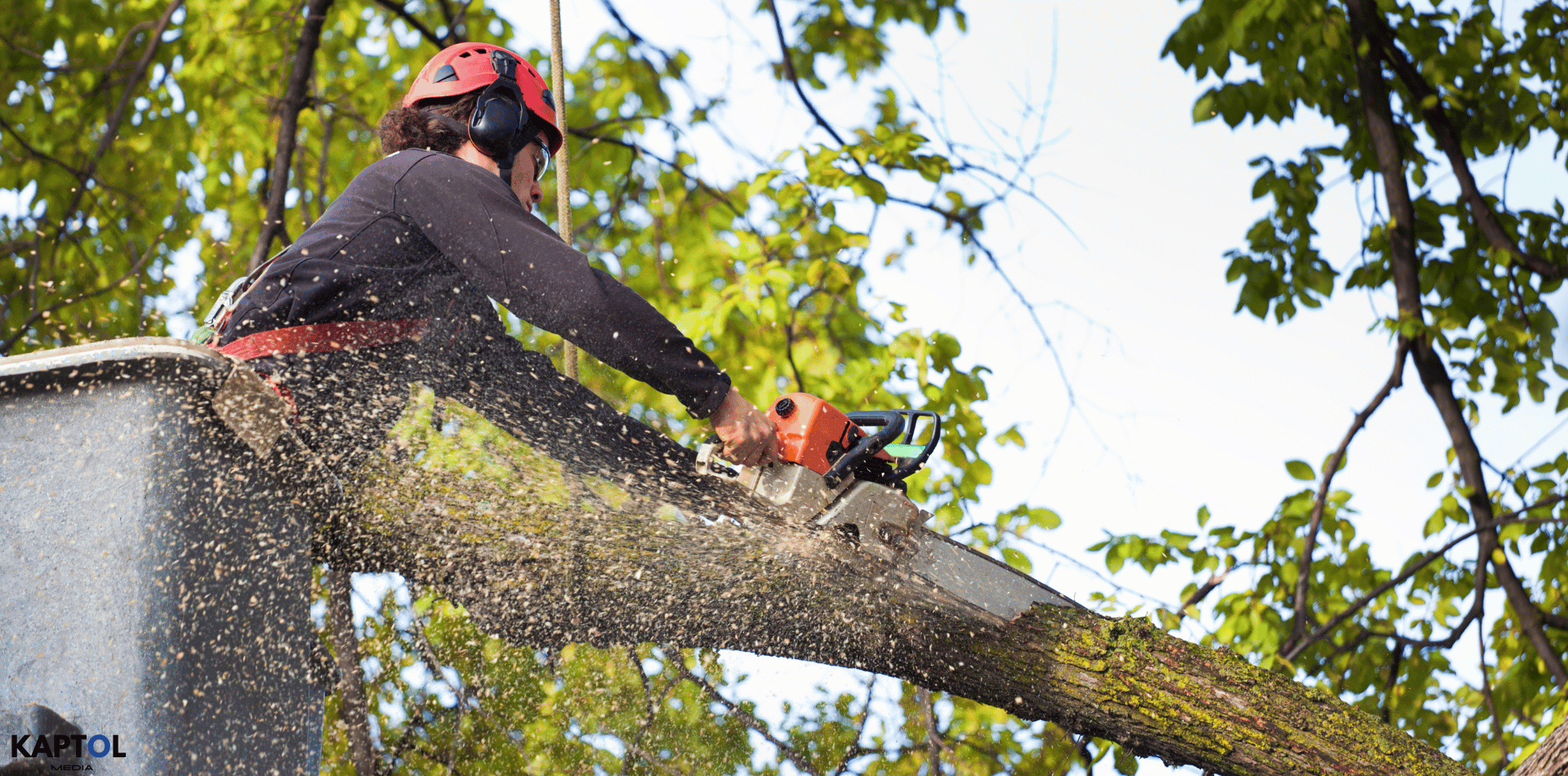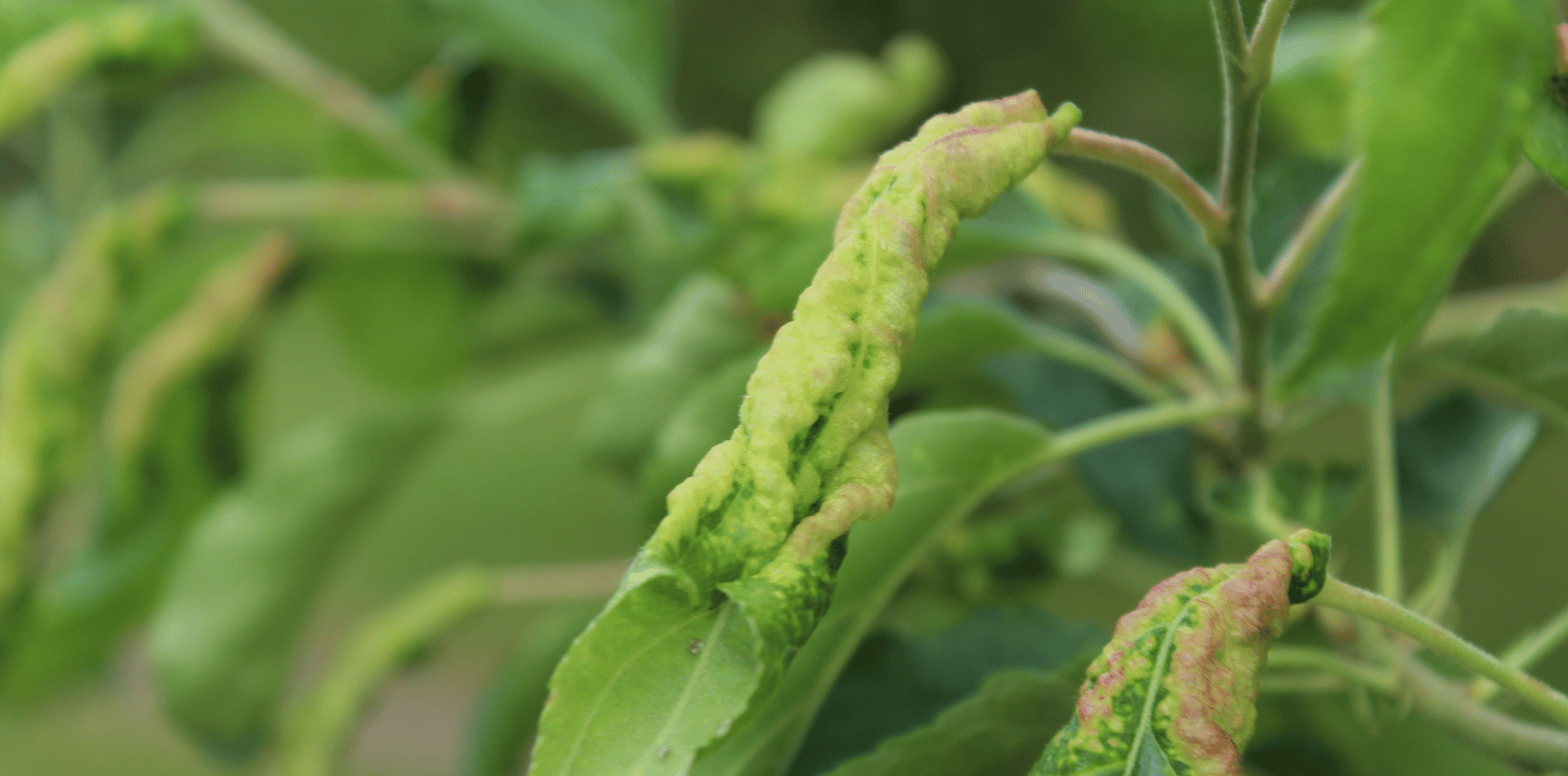Sustainable Landscaping: Reimagining Space with Tree Removal and Replacement
Sustainable Landscaping

The concept of sustainable landscaping has emerged as a transformative approach to harmonising the natural world with human spaces. Trees, with their profound ecological impact and aesthetic value, play a pivotal role in this paradigm shift. Sustainable landscaping is not just about planting trees, it's about understanding the intricate web of environmental relationships, rethinking the use of space, and making informed decisions about tree removal and replacement.
We will dive into the realm of sustainable landscaping, exploring how thoughtful tree removal and replacement can reshape our environments while contributing to a greener, more balanced future.
The Essence of Sustainable Landscaping
Sustainable landscaping transcends mere aesthetics. It embodies a holistic approach that considers the entire ecosystem, from soil health and water conservation to wildlife habitats and carbon sequestration.
Ecosystem Restoration:
Sustainable landscaping seeks to restore or enhance the natural balance of ecosystems. This includes planting native trees that support local wildlife, providing food and shelter, and fostering biodiversity.
Resource Conservation:
Water scarcity and soil degradation are growing concerns. Sustainable landscaping employs techniques such as xeriscaping (low-water landscaping) and mulching to conserve water and improve soil quality.
Carbon Footprint Reduction:
Trees are nature's carbon sinks, absorbing carbon dioxide from the atmosphere. A strategic approach to tree removal and replacement contributes to carbon sequestration, mitigating the effects of climate change.
Energy Efficiency:
Well-placed trees provide shade during hot months, reducing the need for air conditioning and lowering energy consumption. Sustainable landscaping involves selecting tree species that provide maximum shade to buildings and outdoor spaces.
The Art of Tree Removal and Replacement
Tree removal is an integral part of sustainable landscaping, albeit a counterintuitive one. However, when executed thoughtfully and strategically, tree removal can pave the way for new growth and environmental rejuvenation.
Selective Removal for Growth:
Tree removal is often necessary when a tree's health is compromised, posing a safety hazard, or impeding the growth of other vegetation. By removing diseased or overcrowded trees, space is created for healthier trees and new plantings.
Stump Recycling:
Sustainable landscaping doesn't end with tree removal. Stumps can be recycled into mulch or wood chips, which can then be used to enrich the soil and support new plantings.
Strategic Placement of New Trees:
Sustainable landscaping involves choosing tree species that thrive in the local climate and soil conditions. Strategic placement of new trees can optimize energy savings, provide shade, and enhance the overall aesthetic.
Diversity for Resilience:
Planting a diverse range of tree species increases resilience to diseases and pests. It also promotes a balanced ecosystem that supports a variety of wildlife.

Transforming Urban Spaces
Urban environments provide compelling examples of how sustainable landscaping can reshape spaces through tree removal and replacement.
Urban Canopy Expansion:
In densely populated urban areas, trees often compete for space. Removing unhealthy or poorly placed trees allows for the introduction of more suitable species that can create a healthier and more expansive urban canopy.
Reclaiming Neglected Spaces:
Neglected urban spaces can be transformed into vibrant green oases through thoughtful tree removal and replacement. Abandoned lots or concrete-heavy areas can be rejuvenated with trees that provide shade, improve air quality, and enhance aesthetics.
Community Engagement:
Sustainable landscaping projects foster community engagement by involving residents in tree planting and maintenance initiatives. These efforts not only beautify the environment but also create a sense of ownership and pride among residents.
Balancing Progress and Preservation
The art of sustainable landscaping requires a delicate balance between progress and preservation. While urbanisation and development are essential for societal growth, they must be approached with environmental consciousness.
Regeneration and Regrowth:
Tree removal is a form of environmental regeneration. Removing unhealthy or invasive trees allows space for new growth, supporting the health of the ecosystem and fostering biodiversity.
Economic Considerations:
Sustainable landscaping can have economic benefits, including increased property values, reduced energy costs, and improved air quality. By strategically removing and replacing trees, property owners can make long-term investments in their landscapes.
Education and Awareness:
Sustainable landscaping practices offer opportunities for education and awareness. They highlight the importance of responsible tree management and inspire individuals to become stewards of the environment.
Sustainable landscaping is a transformative approach to managing our outdoor spaces, reimagining them as harmonious extensions of the natural world.
Tree removal and replacement, when guided by ecological understanding and aesthetic sensibility, become tools for shaping vibrant landscapes that benefit both humanity and the planet. By choosing native species, employing efficient irrigation techniques, and balancing tree removal with replanting, we can create environments that thrive, conserve resources, and contribute to a greener, more sustainable future. Through sustainable landscaping, we reshape our world while preserving its essential beauty and functionality.


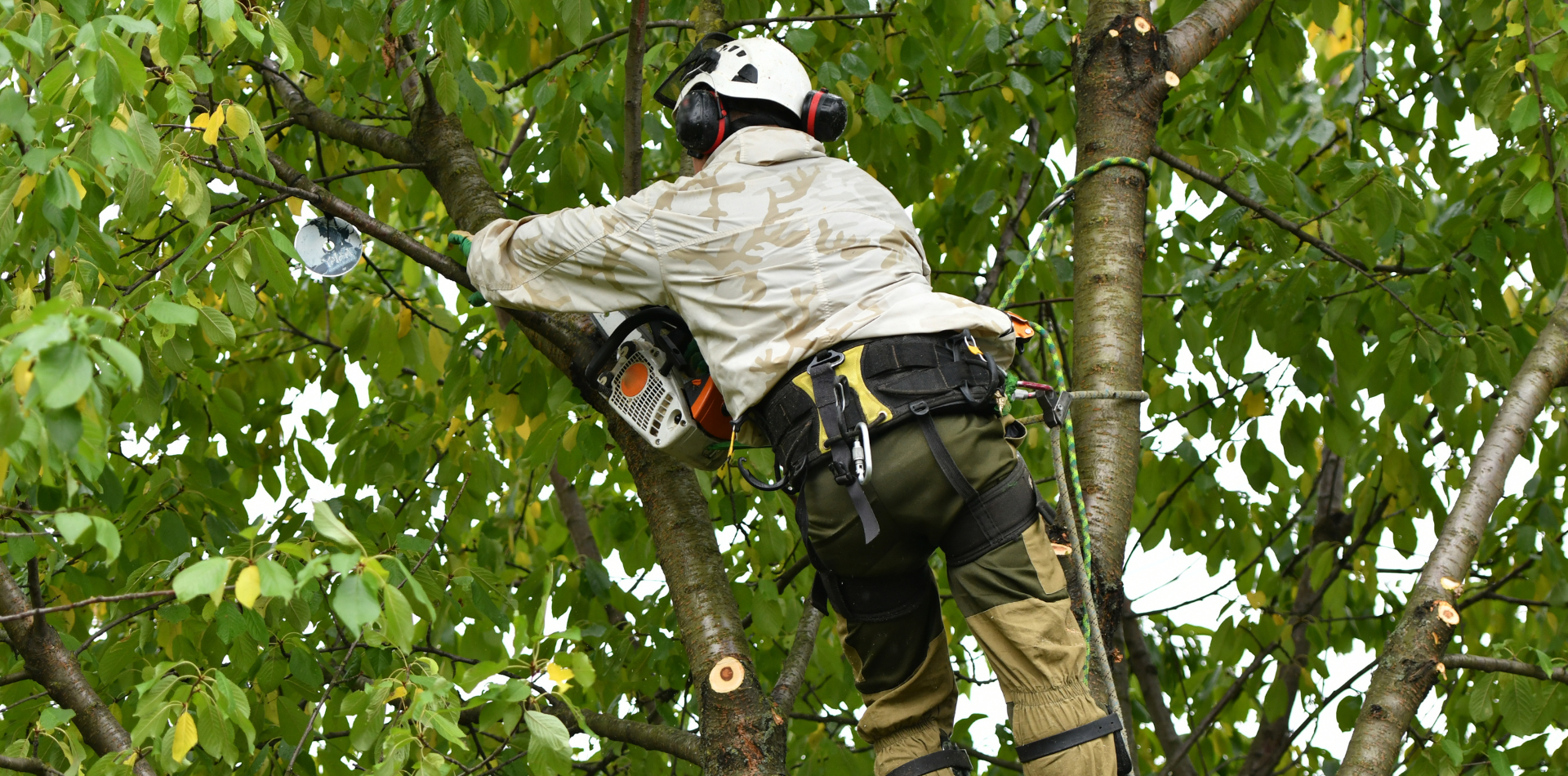

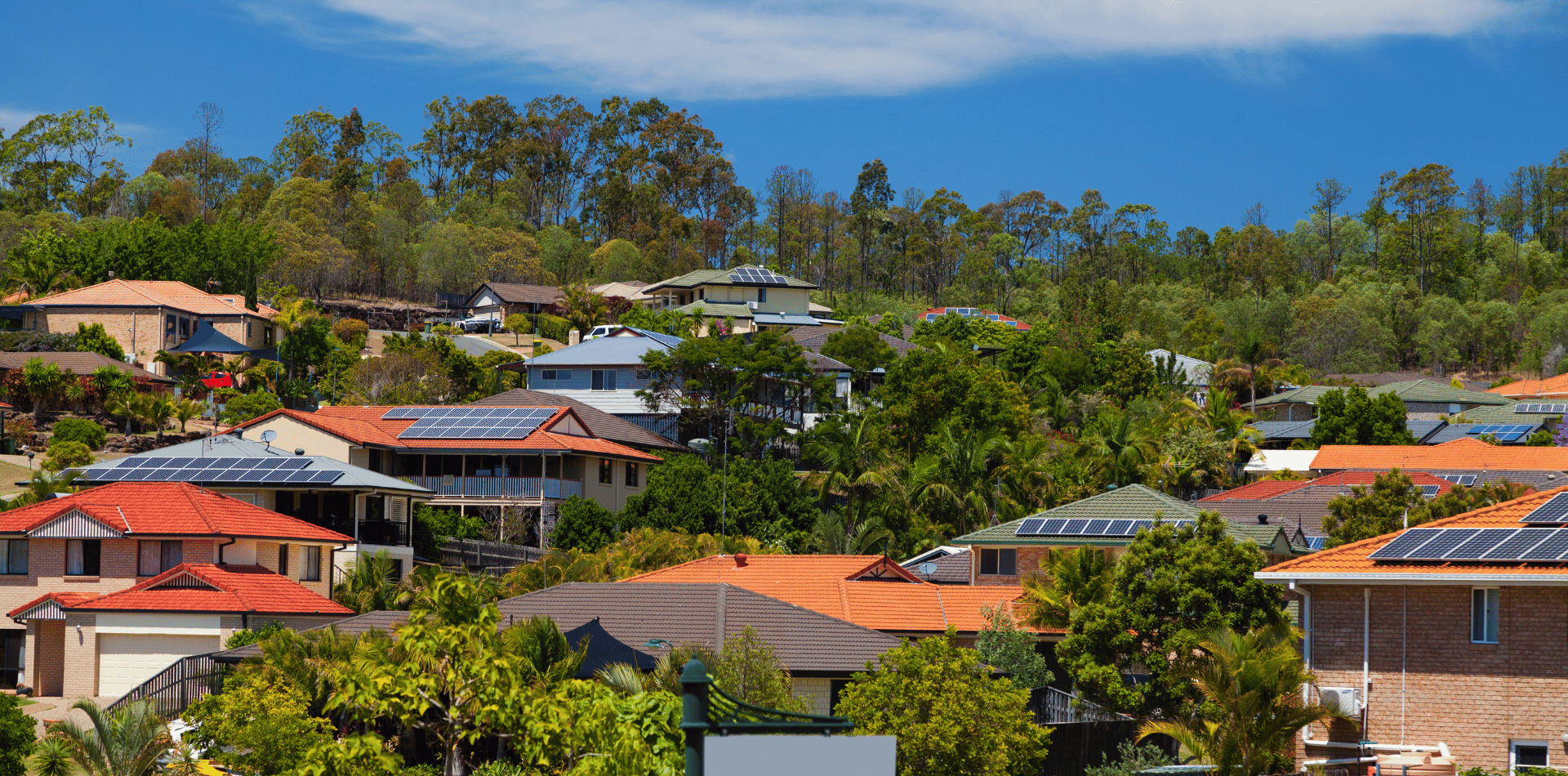
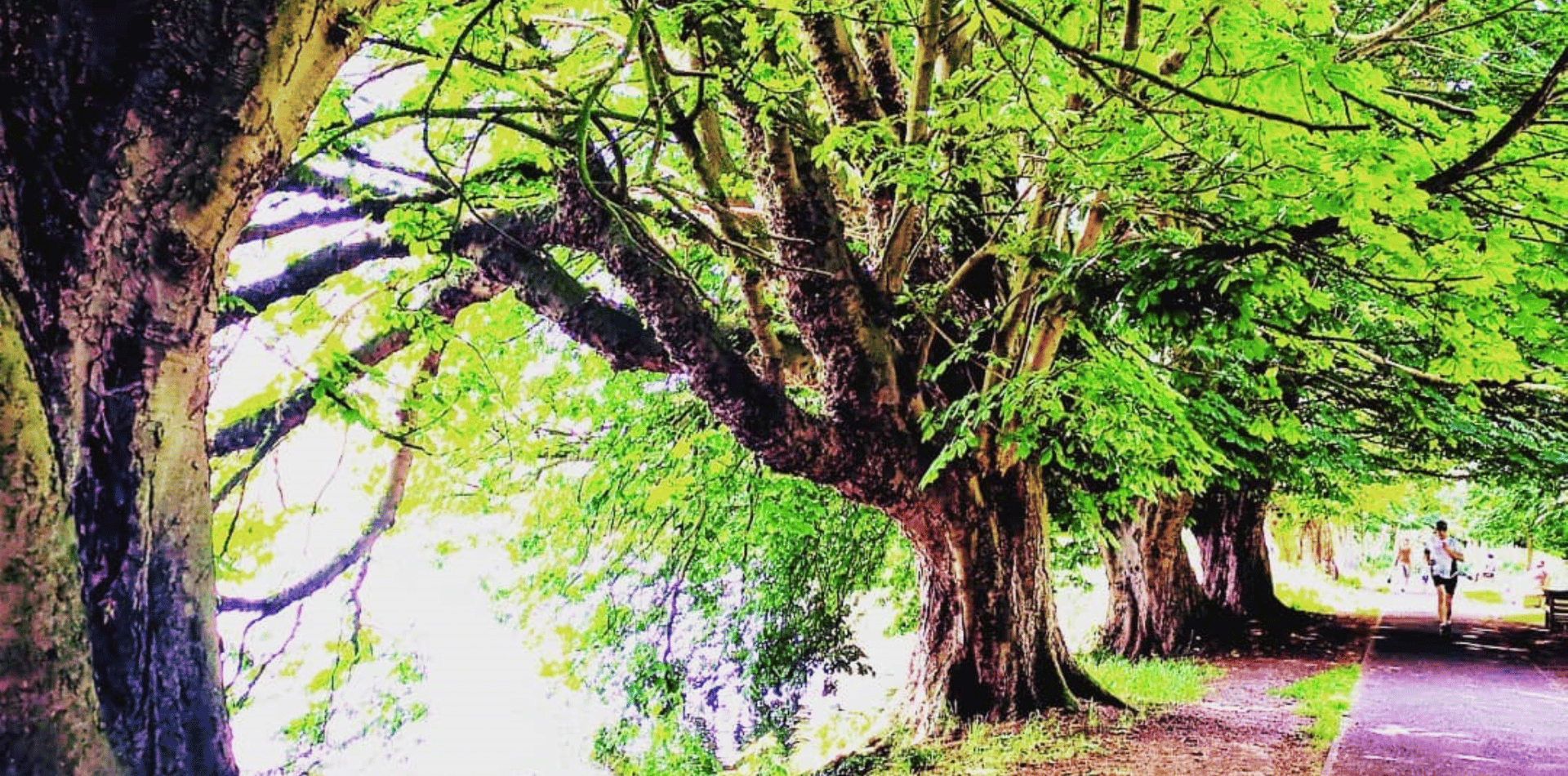
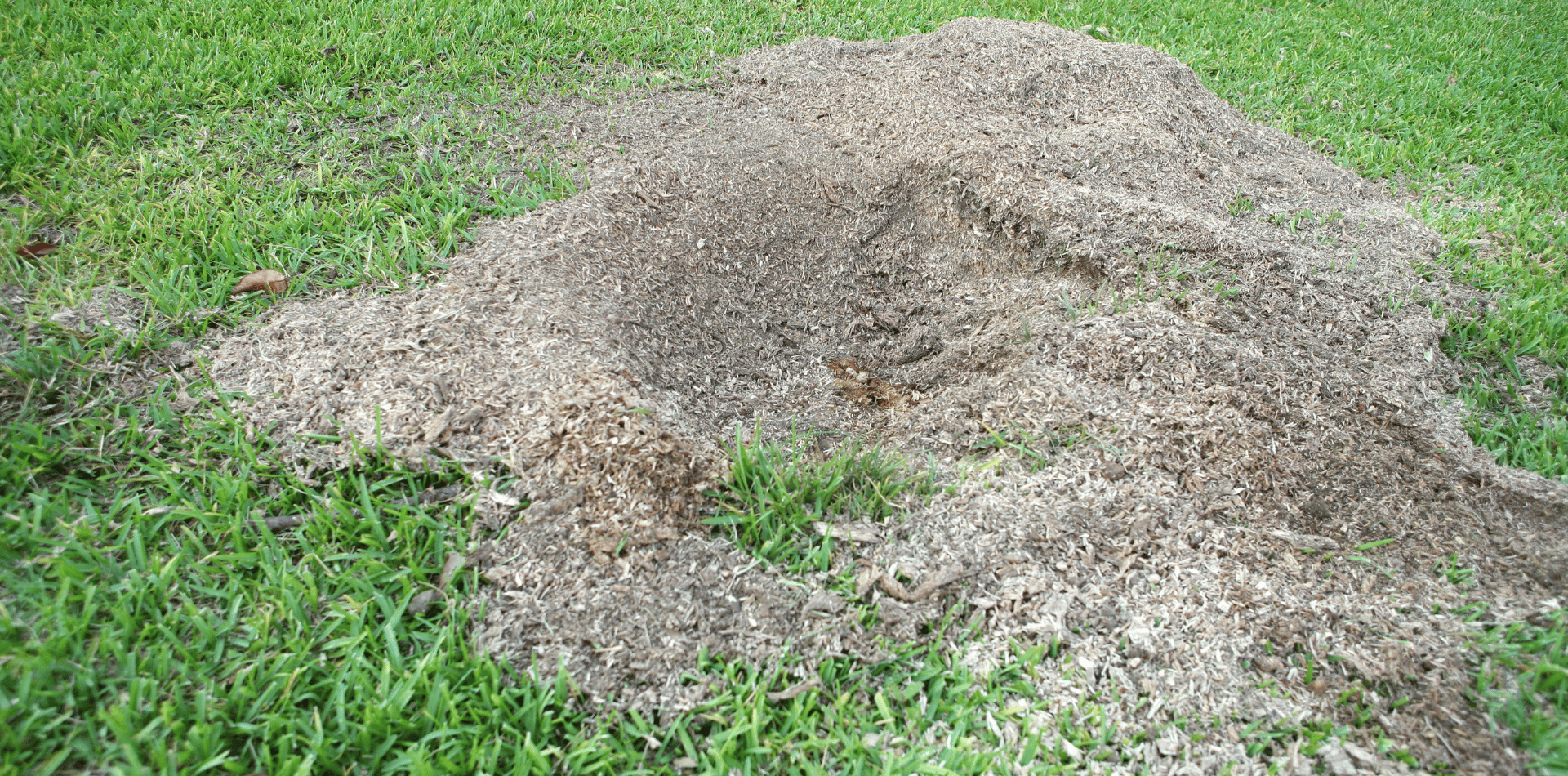

Contact
Kaptol Tree Removal Newcastle
A Member of the Kaptol Group
Powered by Kaptol Media

